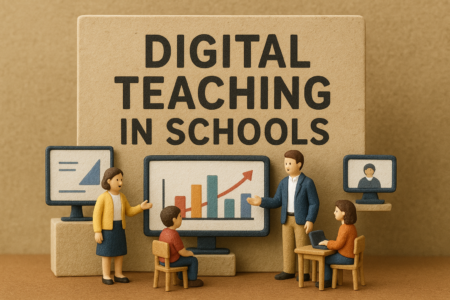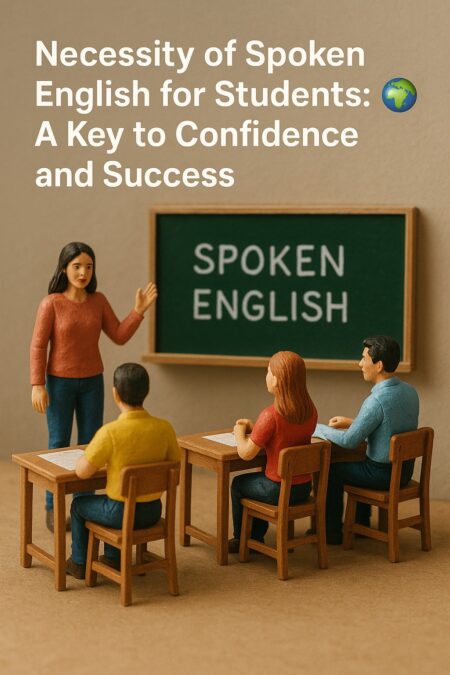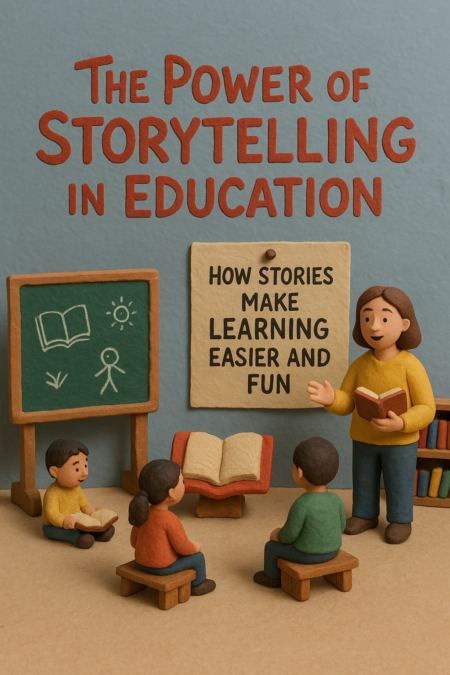Introduction
In today’s fast-paced world, the ability to learn quickly and efficiently is more valuable than ever. Whether you’re a student striving for academic success, a professional looking to stay ahead in your career, or simply someone with a thirst for knowledge, mastering speed learning techniques can supercharge your learning journey. In this blog, we explore the principles and strategies behind speed learning and how they can help you absorb information at lightning speed.
Understanding the Science of Learning
Before diving into specific techniques, it’s essential to understand the underlying science of learning. Research in cognitive psychology has revealed insights into how the brain processes and retains information. From the importance of attention and focus to the role of repetition and practice, understanding these principles can guide our approach to speed learning.
One key concept is the distinction between short-term and long-term memory. Short-term memory, also known as working memory, is limited in capacity and duration, making it susceptible to forgetting. Long-term memory, on the other hand, has a much larger capacity and can retain information for extended periods with proper encoding and retrieval strategies.
By leveraging techniques that optimize attention, focus, and encoding, we can enhance our ability to transfer information from short-term to long-term memory, enabling faster and more effective learning.
Active Learning Strategies
Active learning techniques engage learners directly in the learning process, promoting deeper understanding and retention of information. Instead of passively consuming content, learners actively participate through activities such as problem-solving, discussions, and hands-on experiments.
One effective active learning strategy is the Feynman Technique, named after physicist Richard Feynman. This technique involves explaining a concept in simple terms as if you were teaching it to someone else. By breaking down complex ideas into digestible explanations, you not only reinforce your understanding but also identify gaps in your knowledge.
Other active learning strategies include:
- Self-Testing:
Quizzing yourself on the material is an effective way to reinforce retrieval practice, a powerful technique for strengthening memory and understanding. By actively recalling information from memory, you engage in active learning and enhance your ability to retain and apply knowledge. Self-testing can take various forms, including flashcards, practice quizzes, and verbal recitation. Incorporating regular self-testing into your study routine can help identify areas of weakness, improve retention, and enhance overall learning outcomes. - Concept Mapping:
Concept mapping is a visual learning technique that involves creating graphical representations of concepts and their relationships. By visually organizing information into hierarchical structures, concept maps help clarify complex ideas and facilitate connections between related concepts. This process promotes active engagement with the material and encourages critical thinking and problem-solving skills. Concept mapping can be particularly useful for understanding complex topics, identifying key relationships, and integrating new information with existing knowledge. By creating concept maps, learners can enhance comprehension, retention, and synthesis of information, ultimately improving academic performance. - Teaching Others:
Teaching a concept to someone else is a highly effective active learning strategy that requires a deep understanding of the material. By explaining concepts, answering questions, and clarifying misunderstandings, you solidify your own knowledge and deepen your understanding of the subject matter. Teaching others also provides an opportunity to reinforce learning through verbalization and explanation, helping to consolidate information in your memory. Additionally, teaching can enhance communication skills, build confidence, and foster a sense of mastery over the material. Whether it’s tutoring a peer, leading a study group, or presenting a topic to a classroom, engaging in teaching activities can be a valuable learning experience for both the teacher and the learner. - Peer Discussion and Collaboration:
Collaborating with peers through group discussions, study sessions, or collaborative projects is another effective active learning strategy. By sharing perspectives, exchanging ideas, and debating concepts, you gain new insights and deepen your understanding of the material. Peer discussion promotes active engagement with the content and encourages critical thinking, problem-solving, and communication skills. Collaborative learning also fosters a sense of community and mutual support, creating a supportive environment for learning and academic success. Whether online or in-person, engaging in peer discussion and collaboration can enhance learning outcomes and enrich the educational experience.
Speed Reading Techniques
Speed reading is a skill that allows individuals to read and comprehend text at a much faster rate than usual. While speed reading techniques vary, they generally involve strategies to minimize subvocalization (pronouncing words internally), reduce regression (re-reading passages), and expand peripheral vision.
One popular speed reading technique is the “chunking” method, where readers group words or phrases together instead of reading them individually. By training your eyes to scan text in chunks, you can increase reading speed while maintaining comprehension.
Another technique is using a pointer, such as your finger or a pen, to guide your eyes along the text. This helps maintain focus and prevents regression by forcing your eyes to move forward continuously.
Memory Enhancement Strategies
Enhancing memory is crucial for speed learning, as it allows us to retain and recall information quickly. Mnemonics, memory techniques that aid retention, are powerful tools for enhancing memory. Mnemonics can take various forms, including acronyms, visualization, and association.
For example, the method of loci involves associating each piece of information with a specific location or landmark in a familiar environment, such as your home. By mentally “placing” each item along a familiar route, you can recall them in sequence by retracing your steps.
Other memory enhancement strategies include spaced repetition, where information is reviewed at gradually increasing intervals, and dual coding, which involves encoding information both verbally and visually for better retention.
Mindfulness and Focus Techniques
Maintaining focus and concentration is essential for efficient learning. Mindfulness techniques, such as meditation and deep breathing exercises, can help calm the mind and improve concentration. By practicing mindfulness regularly, you can reduce distractions and enhance your ability to focus on learning tasks.
Additionally, time management techniques, such as the Pomodoro Technique, can help break learning sessions into manageable intervals with built-in breaks. This prevents burnout and maintains productivity by leveraging the brain’s natural rhythms.
Conclusion
Speed learning techniques offer a pathway to mastering new skills, acquiring knowledge, and achieving your learning goals in less time. By understanding the science of learning and applying active learning strategies, speed reading techniques, memory enhancement strategies, and mindfulness techniques, you can absorb information at lightning speed and unleash your full learning potential. Whether you’re a student, professional, or lifelong learner, incorporating these techniques into your learning toolkit can transform your educational journey and propel you towards success.







